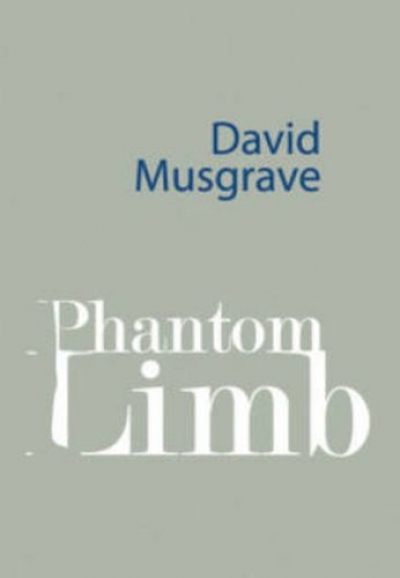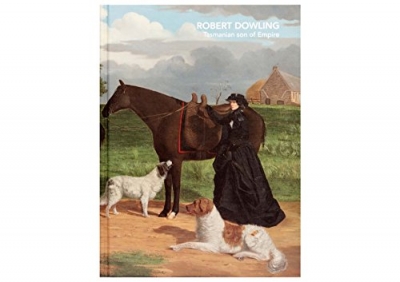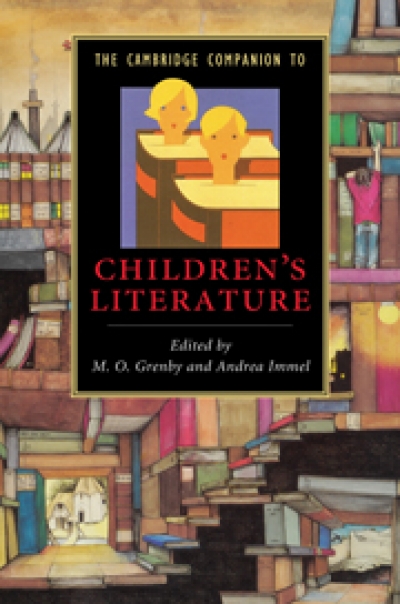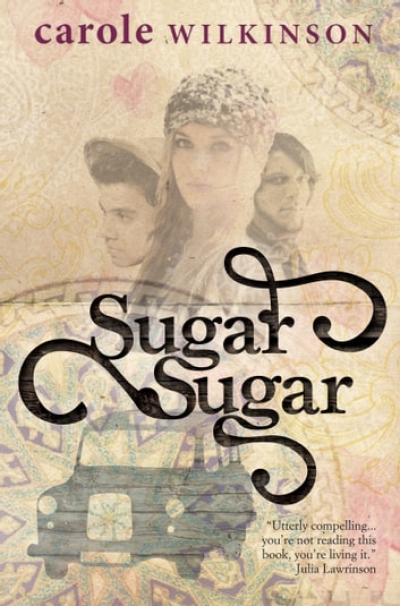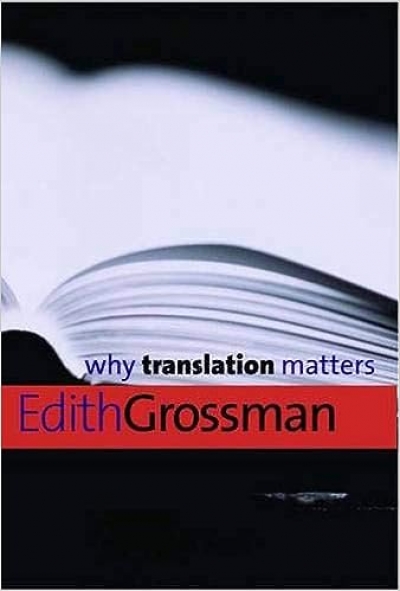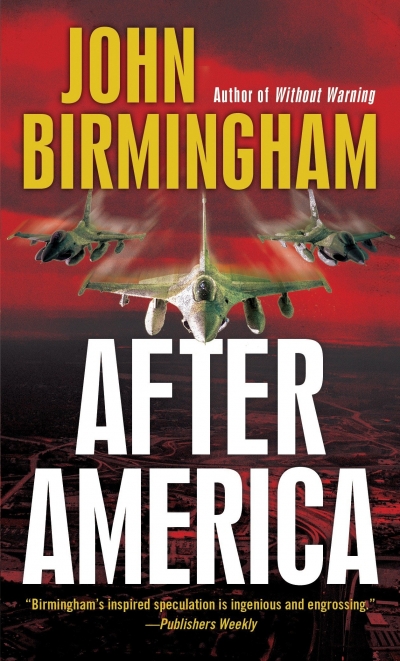Archive
The sky is silent. All the planes must keep... (read more)
Clear of the fine volcanic ash that drifts
Eastward from Iceland like a bad idea.
In your apartment building without lifts,
Not well myself, I find it a bit steep
To climb so many stairs but know I must
If I would see you still alive, still here.
The word is out from those you love and trust –
Time is so short that from your clever pen
No line of verse might ever flow again.
The Cambridge Companion to Children's Literature edited by M.O. Grenby and Andrea Immel
I visited Randolph Stow on impulse. We had corresponded briefly and since I was passing through London in February 1975, I asked if I might meet him. He kindly invited me to spend the day with him in East Bergholt, a village in Suffolk, two hours from London. Stow had been living there, in Dairy Farm Cottage, for some six years. Six years later, he moved to nearby Harwich.
... (read more)As with so many of the events that mark Israel’s history, the deadly attack on the Gaza flotilla in late May seemed frustratingly – and tragically – to encapsulate many of the arguments, insecurities, defences, and emotions that swirl around the enduring conflict in the Middle East.
... (read more)Why on earth should Australian filmmakers want to try replicating Hollywood? No one can do Hollywood as well as Hollywood can, and the attempts to emulate it have usually, perhaps inevitably, led to flavourless or otherwise misbegotten enterprises. I know that this is the era of international co-productions, and that where the money comes from is undoubtedly influential, but where the creative personnel come from is surely still more so. I want to argue for the cultural significance of the small-scale filmmaking that doesn’t depend on US funding and thereby isn’t subject to the sorts of compromise that such involvement may entail.
... (read more)
